There’s no arguing that the MLB draft is, as general manager Mike Elias called it last week, “the lifeblood of a franchise” like the Orioles. That goes for more than just adding talent to the organization.
It’s about the types of talent they add and when they do it, because given the absolute synergy of thought and value structure that runs through this organization, from the major league team down the minor league ladder to the scouting operation that fills those rosters, the draft is basically an annual check-in on whether they hold the same core values that helped them rebuild since 2018 and contend.
It turns out they do.
I don’t care, even a little, that another first round passed without the Orioles drafting a pitcher. I have no quibbles about any of the on-field profiles of top pick Ike Irish or Caden Bodine, Wehiwa Aloy or Slater de Brun behind him. They’re all talents who could have gone higher and the Orioles are thrilled to have.
What I do care about, and what feels particularly meaningful, is that twice since last year’s draft — once after another playoff sweep and again after firing manager Brandon Hyde — Elias pledged he was “very heavily evaluating everything that we do across the organization.” In May, he even posited “sweeping changes in the way we do business in the warehouse.”
At first blush, the top of this draft was certainly not that. I’m not sure this is an area that needs it to be, considering how well they’ve drafted under Elias. It’s just, given how much synergy exists between the way the Orioles draft and what the front office wants to see on the field, the familiar feeling this time around carries a good bit of weight.
Read More
I don’t feel like much actually needs to change, other than luck, around Camden Yards. I just want to see what areas the Orioles decide to adjust, and this wasn’t it.
Here’s what’s the same, for the uninitiated. The Orioles’ preference at the top of the draft has been for hitters, primarily from the college ranks, who demonstrate elite ability to control the strike zone, either hard contact capabilities or a knack for finding the barrel, and the athleticism and aptitude to play a premium defensive position.
They will only rarely dip into the prep ranks for players they believe boast those skills and have the mental aptitude to handle that challenge without college.
Because those skills are projectable to major league success, and the college stats that demonstrate them often help identify players who will succeed at the highest level, those are the bets they’re willing to make. They’ve taken pitchers incrementally earlier in recent years — the unsigned Nolan McLean 81st overall in 2022, the traded Jackson Baumeister 63rd overall in 2023 and this year Michigan State lefty Joseph Dzierwa 58th overall — but maintain a belief that the injury and developmental risks for pitchers is too high when they can identify and develop traits they like with later picks.
So you end up with a lot of drafts that look like this one. According to Baseball America, Irish had the highest hard-hit rate among potential first-rounders in the college ranks (61% of batted balls over 95 mph). He had nearly as many walks (33) as strikeouts (37) in his junior year, also a marker the Orioles look for.
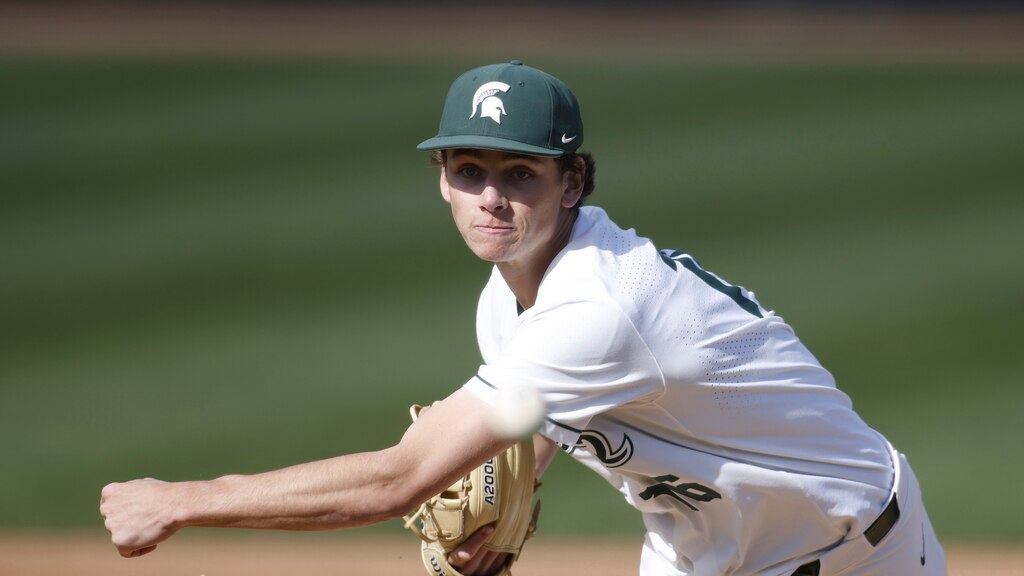
The offensive profile would fit fine in a corner outfield spot if Irish doesn’t stay behind the plate, which evaluators seem split on. The same can’t be said for Bodine, a switch hitter who seems more likely to catch long term and who struck out just 7.9% of the time in 857 college plate appearances, while walking 13.1% of the time and demonstrating gap power.
Then came Aloy, the Golden Spikes Award winner as the nation’s top college player. He’s an athletic shortstop with loud tools who has a similarly impressive hard-hit rate (The Athletic reported it was 54% this year with a 90th-percentile exit velocity of 107.2 mph) but also one of the highest chase rates (29%, according to Baseball America) of his draft peers, which contributes to elevated strikeouts. And, last in the first round, de Brun, who appears to control the strike zone and the barrel well, with advanced speed and athleticism, plus the makeup and personality the Orioles covet from prep picks.
The club-specific comparisons feel obvious. Irish is in the Colton Cowser/Heston Kjerstad realm of extremely productive college hitters who make hard, elevated contact in the strike zone.
Bodine’s elite contact ability feels akin to Enrique Bradfield Jr., Dylan Beavers and Griff O’Ferrall.
Jordan Westburg might be unfair to put in the toolsy college hitter with strikeout concerns bucket, considering he’d cleaned that up a bit before the pandemic hit in 2020, but he fell to the Orioles at No. 30 that year because of such worries. Now you can add Aloy to that list with Jud Fabian and Vance Honeycutt.
I hesitate to point out that the Orioles’ conviction level in taking a high school player on the first day has only extended to Gunnar Henderson and Jackson Holliday, so I won’t.
“We have really good coaches and really good information, and I think we’re able to work with all different types of players,” said Matt Blood, vice president of player development and domestic scouting. “It’s fun to work with players who are good at everything, you know? And that’s sort of where Irish falls. But some of these others are better at one thing than another, and we’ll try to improve them, their strengths and their weaknesses too. But I think our group is qualified to work with really all these different types.”
Even as the top of the 2024 draft class is waiting for the results to come at High-A Aberdeen, there’s a long enough track record of this front office and this player development staff churning out quality major leaguers from taking these types of players at the top of the draft. Their draft and development strategies, even as they’ve been so slow to matriculate pitching to the majors, are pretty low on the list of things that feel like they need changing within the Orioles’ baseball operations department.
Blood said last week that the process of evaluating and improving the draft is one his department is constantly undergoing. That process in the amateur scouting space, it appears, bolstered their conviction to stay on the path they’re on — same as last year’s pledge from Elias led to largely the same hitting philosophy as the major league staff turned over, just from new voices.
I’d argue that was probably the right call, too, so perhaps these two examples are poor ones and we’ve still yet to see whatever Elias and his front office deem worthy of meaningful change. Maybe they decide they do need to break the bank on a pitcher this winter in free agency. Maybe they want to package a bunch of prospects to trade for one — this draft certainly gives them ammunition to do so.
The draft, though, was more of the same. Even against a backdrop of promised change, there’s nothing wrong with that.

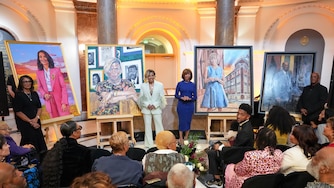
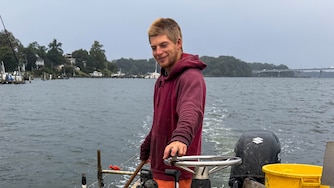
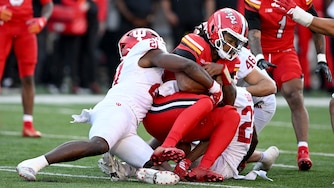
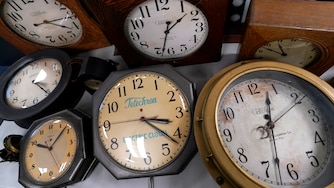
Comments
Welcome to The Banner's subscriber-only commenting community. Please review our community guidelines.